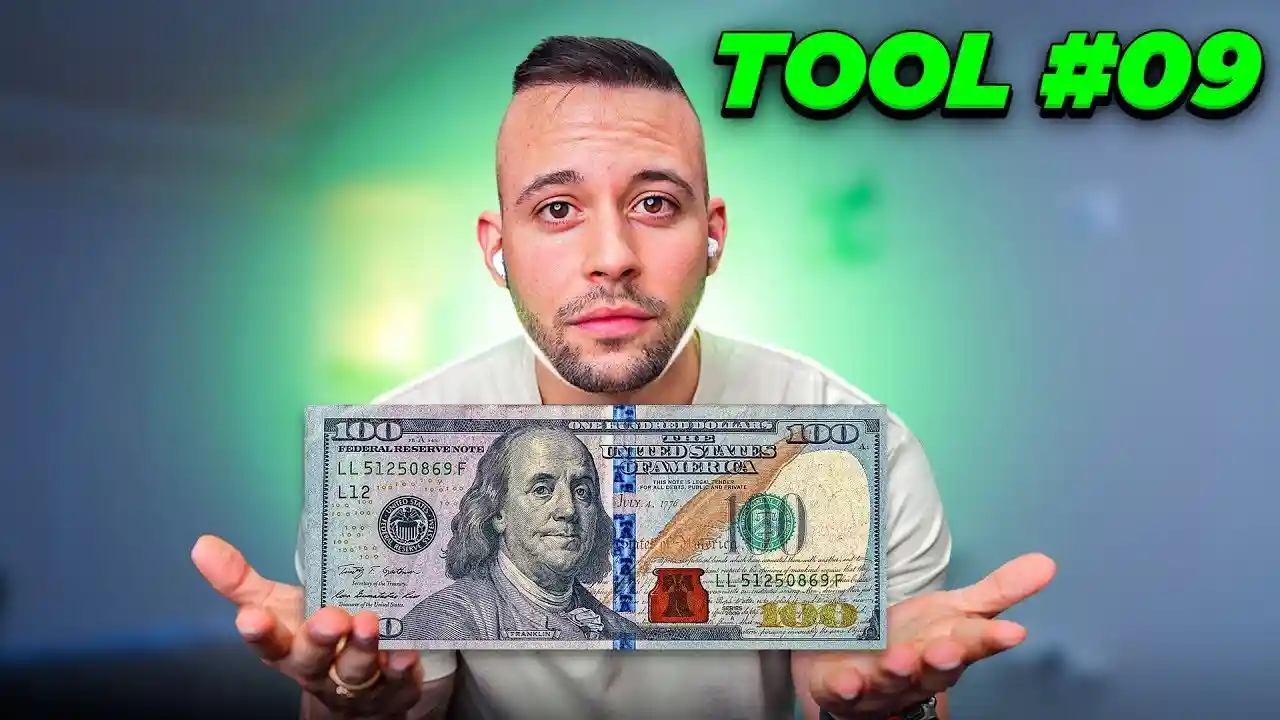In this article, we’re going to delve into the world of affiliate marketing. We’ll uncover everything you need to know, step by step, to kickstart your journey in the affiliate marketing business. Whether you’re a novice or have some experience, we aim to provide valuable insights and practices to help you succeed.

What is Affiliate Marketing?
Affiliate marketing is a business model where you promote products or services on behalf of a company, and in return, you earn a commission for each sale or lead generated through your marketing efforts. It’s akin to a real estate agent showcasing a house and earning a commission upon its sale. This business model is predominantly conducted online, allowing you to promote a wide range of products from various companies.
Why Choose Affiliate Marketing?
- Low Startup Costs: Unlike many traditional businesses, affiliate marketing has minimal startup expenses. You can begin with just a few hundred dollars or even for free.
- Location Independence: You can operate your affiliate marketing business from anywhere with an internet connection and a computer.
- Scalability: While some affiliates make a modest income, others earn substantial amounts, even reaching millions of dollars annually. The potential for growth is significant.
Setting Realistic Expectations
Affiliate marketing isn’t a get-rich-quick scheme. In your initial year, you might earn a few hundred dollars, gradually growing into a few thousand by the second year. Patience is key. Success takes time, effort, and persistence.
Choosing Your Niche
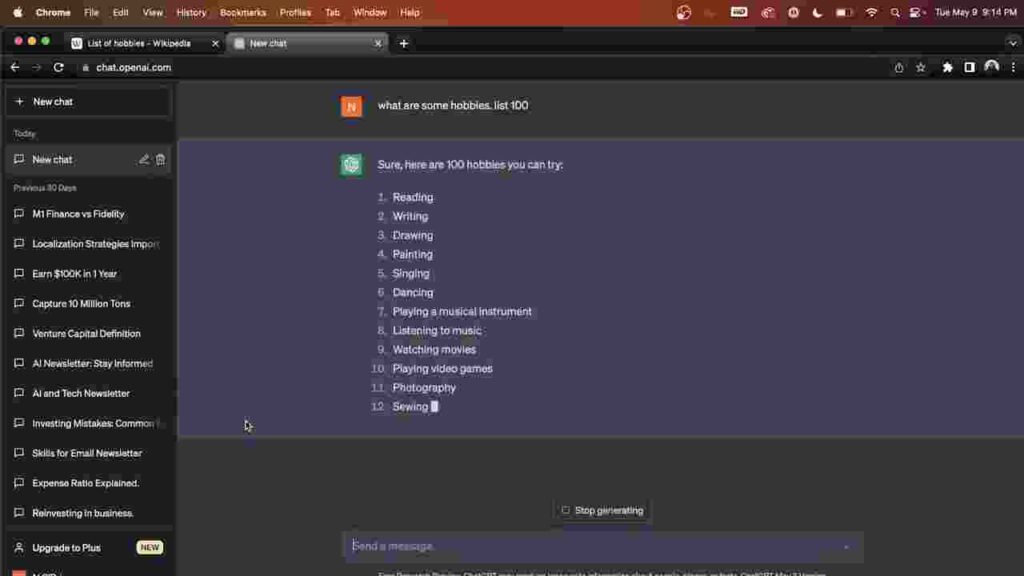
Selecting the right niche is critical. It’s advisable to choose a niche you’re passionate about or already knowledgeable in. This ensures your content is authentic and engaging. Start with a specific niche, such as camping or backpacking, and build your brand around it.
Building Your Affiliate Marketing Brand
Creating a media brand is essential for affiliate marketing success. Your brand should revolve around your chosen niche. For instance, if you’re passionate about camping, your brand should encompass outdoor activities, camping gear, and related products.
Finding Affiliate Programs
Most companies have affiliate programs, making it relatively easy to find products to promote. Look for affiliate programs related to your niche. If you can’t find one, reach out to companies and propose an affiliate partnership. Many are open to such arrangements.
Creating Valuable Content
Quality content is the cornerstone of affiliate marketing. Produce informative, engaging, and helpful content for your audience. Your content should highlight the benefits of the products or services you’re promoting and provide solutions to your audience’s problems.
Driving Traffic to Your Affiliate Links
Generating traffic to your website or social media platforms is crucial. Utilize SEO strategies, social media marketing, and email marketing to attract visitors. The more traffic you get, the higher your chances of earning commissions.
Optimizing Your Affiliate Marketing Strategy
Regularly analyze your affiliate marketing performance. Adjust your strategies based on what works best for your audience. Experiment with different promotional methods, content types, and products to find the optimal approach.
Scaling Your Affiliate Marketing Business
As you gain experience and success, consider expanding into related niches or launching additional affiliate marketing projects. Scaling your business can lead to substantial income growth.
How to Build a Basic Website for Affiliate Marketing Success
In the world of affiliate marketing, having your own website is often a prerequisite for joining many lucrative affiliate programs. Whether you want to partner with Amazon Associates or promote various products and services, having a dedicated online platform is essential. In this article, we will guide you through the process of building a basic website for your affiliate marketing venture, focusing on the importance of your website as the backbone of your business.
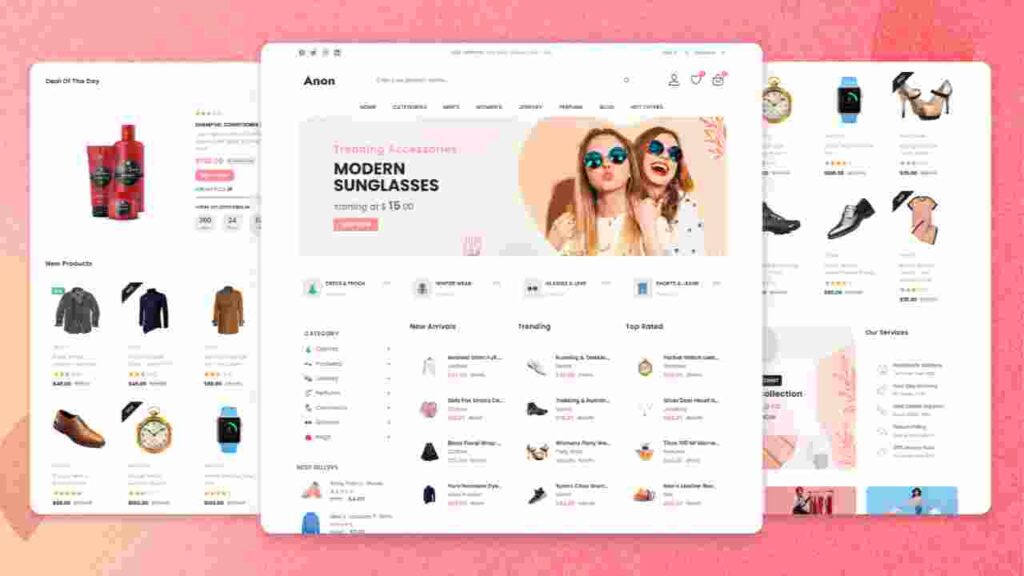
Why You Need a Website
Many affiliate programs, like Amazon Associates, require affiliates to have a domain and a website before they can join. Your website serves as your digital storefront, allowing you to showcase the products or services you’re promoting. Moreover, it offers several advantages:
Must Read: How To Make A Website With WordPress in 5 Steps
1. Credibility
Having a professional website enhances your credibility as an affiliate marketer. It shows potential customers and affiliate programs that you’re serious about your business.
2. Control
With your website, you have complete control over your content and branding. You can tailor it to suit your niche and target audience.
3. Content Hub
Your website becomes a central hub for all your content. Even if you use social media and other platforms, funneling your audience back to your website keeps them engaged and informed.
4. SEO Opportunities
One of the most critical aspects of affiliate marketing is ranking on Google search. Having a website allows you to optimize your content for search engines, driving organic traffic to your site.
Choosing a Platform
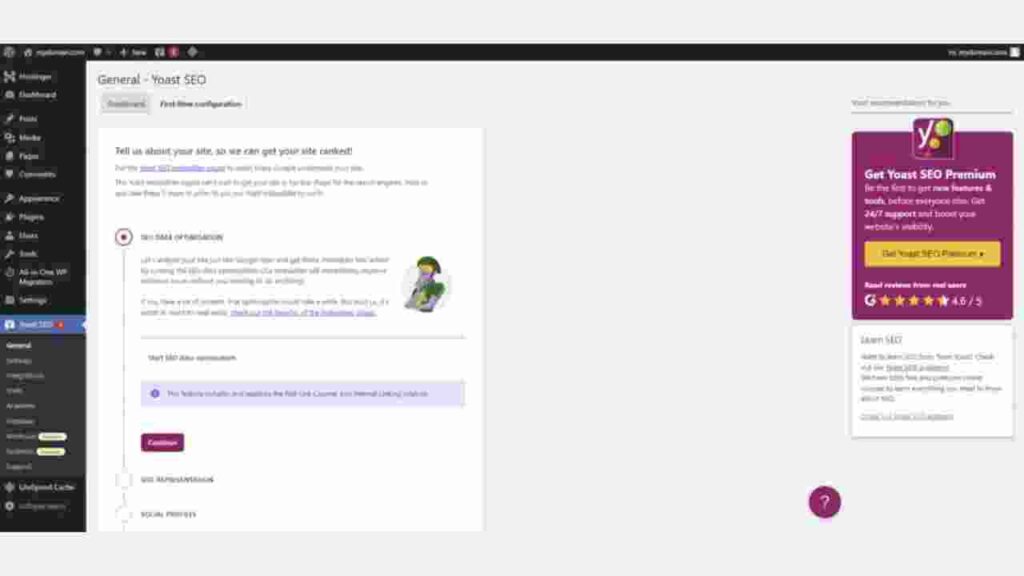
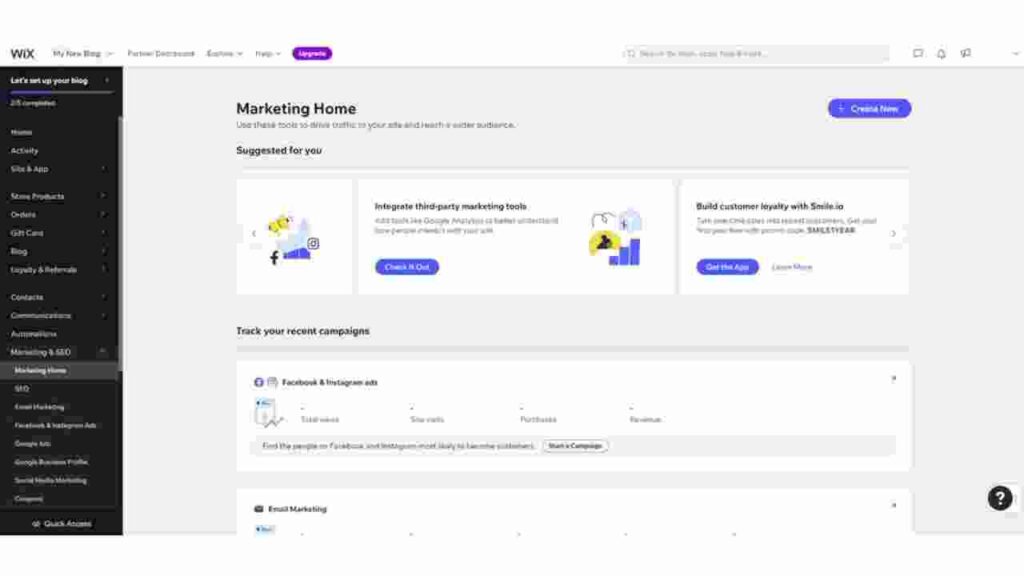
To get started with building your website, you’ll need a reliable platform. Two popular options are Wix and WordPress:
Wix
Wix is user-friendly and offers various templates and customization options. It’s a great choice for beginners.
WordPress
WordPress provides more advanced features and flexibility. While it has a steeper learning curve, it’s ideal for those looking to scale their affiliate marketing efforts.
Must Read: Hostinger Review 2023: Is It the Best Affordable Hosting Option?
Getting Your Domain
Selecting a domain name is a crucial step. Keep it short, relevant to your niche, and easy to remember. Ensure it’s not infringing on any trademarks. Securing your domain early is essential to avoid someone else taking it.
Building Your Website
Once you’ve chosen a platform and secured your domain, it’s time to start building your website:
- Select a Template: Choose a template that aligns with your niche and branding.
- Customize Your Content: Use the power of AI to help you generate unique content for your site. Tools like ChatGPT can provide you with article ideas and even draft content that you can modify to make it your own.
- Design Your Site: Customize the design to create a professional and visually appealing website. Add your logo, contact information, and essential pages like “About” and “Contact.”
- Optimize for SEO: Ensure your content is SEO-optimized by using relevant keywords and meta tags. This step is crucial for ranking on Google.
- Publish Quality Content: Regularly publish high-quality articles and reviews related to your affiliate products or services. Make sure to provide valuable information to your audience.
- Link to Affiliate Products: Embed affiliate links strategically within your content. Be transparent with your audience about your affiliate partnerships.
- Promote Your Website: Share your content on social media and other marketing channels to attract visitors.
Choosing a Hosting Plan
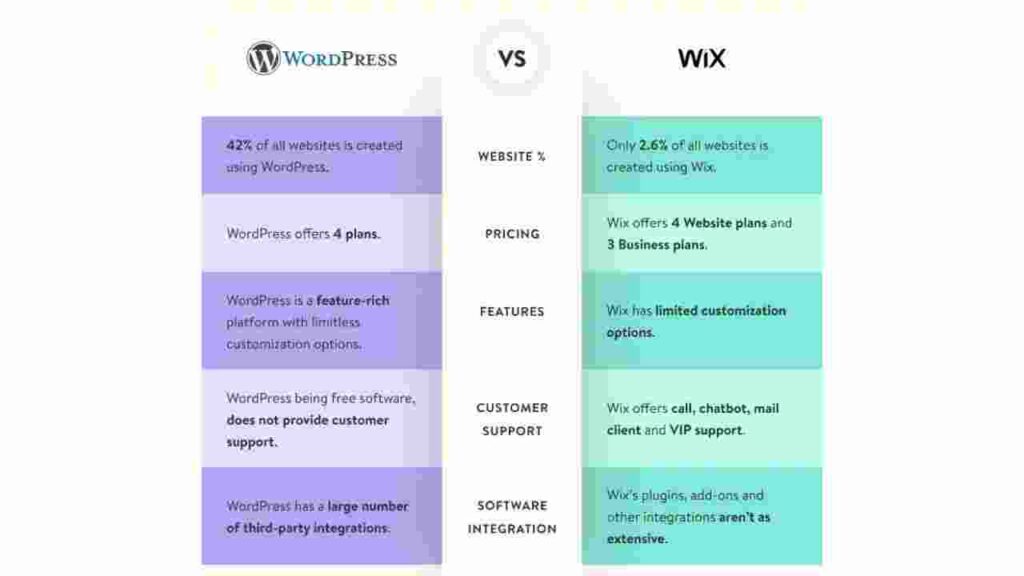
Both Wix and WordPress offer various hosting plans. Select the one that best suits your needs and budget. Consider factors like storage space, domain registration, and site analytics.
How to Start Affiliate Marketing: Finding Products and Maximizing Earnings
Affiliate marketing is a lucrative online business model that allows individuals to earn commissions by promoting products or services from various companies. In this guide, we’ll walk you through the essential steps to kickstart your affiliate marketing journey, from finding the right products to maximizing your earnings.
Finding Affiliate Products
Utilizing Affiliate Networks
Affiliate networks are platforms that connect affiliates (you) with companies looking to promote their products or services. One popular network is impact.com, which hosts thousands of brands and their affiliate programs. To get started, create a free account on such networks and browse through various affiliate programs related to your niche.
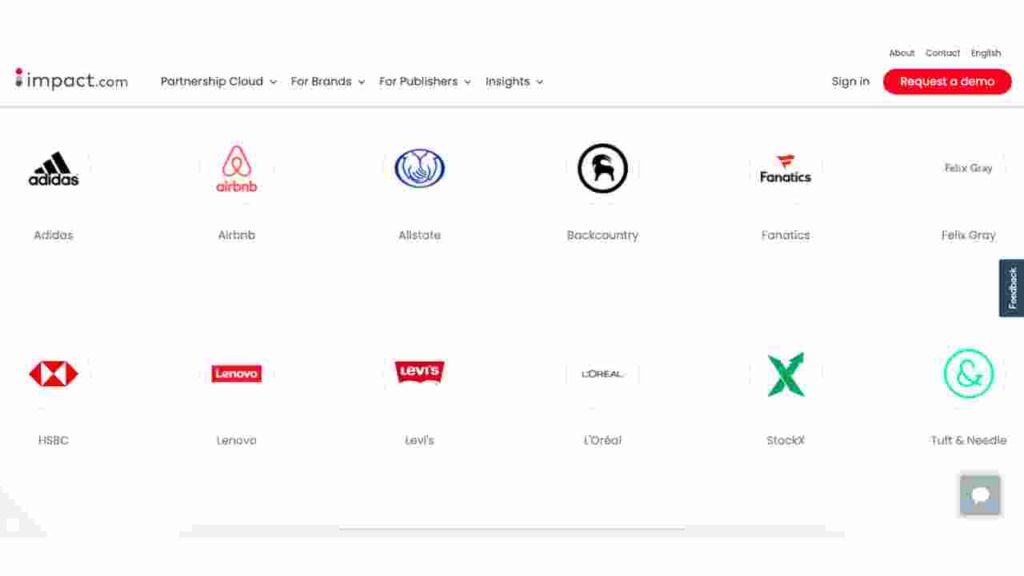
For instance, if you’re in the finance niche, you can find programs related to loans and financial services. Brands like H&R Block, Fundrise, Coinbase, and Public.com often have affiliate programs. These networks make it easy to apply and start promoting their products.
Performing Targeted Google Searches
Sometimes, you might want to promote a specific company that doesn’t appear on affiliate networks. In such cases, perform Google searches like “[Company Name] affiliate program” to find direct affiliate partnerships. Reach out to the company through email or social media to express your interest in joining their affiliate program.
Remember, most companies are open to affiliate marketing because it’s an effective way to acquire new customers.
Getting Paid as an Affiliate
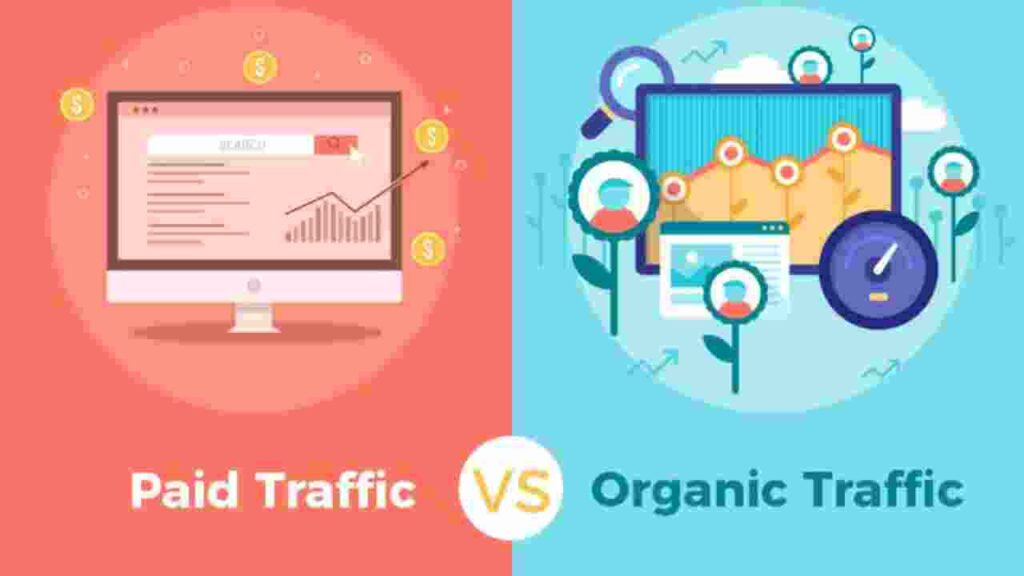
Understanding Commissions
Affiliate programs offer various commission structures. Some pay a percentage of the sale, while others provide a fixed amount per referral. For instance, if you promote an investing app like Robinhood, you might earn $25 when someone funds their account through your affiliate link.
Consider the earning potential of each program and choose ones that align with your niche and audience.
The Importance of Cookie Length
Cookie length determines how long your affiliate link remains active after a user clicks on it. Longer cookie lengths increase your chances of earning a commission, even if the user doesn’t make an immediate purchase. Look for programs with extended cookie lengths to maximize your earnings.
Generating Traffic
Organic vs. Paid Traffic
Generating traffic is crucial for affiliate success. There are two main methods: organic and paid.
- Organic Traffic: This involves building a website, social media presence, or blog that attracts visitors naturally through search engines, social media, or referrals. It’s cost-effective and sustainable in the long run.
- Paid Traffic: This method requires purchasing ads to drive visitors to your affiliate links. While it can be effective, it can also be costly and is not recommended for beginners.
Building Organic Traffic
Start by creating high-quality, informative content related to your niche. In our finance example, you could write articles comparing different investing apps, tax-saving strategies, or personal finance tips. Ensure your content is SEO-optimized to rank well on search engines.
Scaling Your Affiliate Business
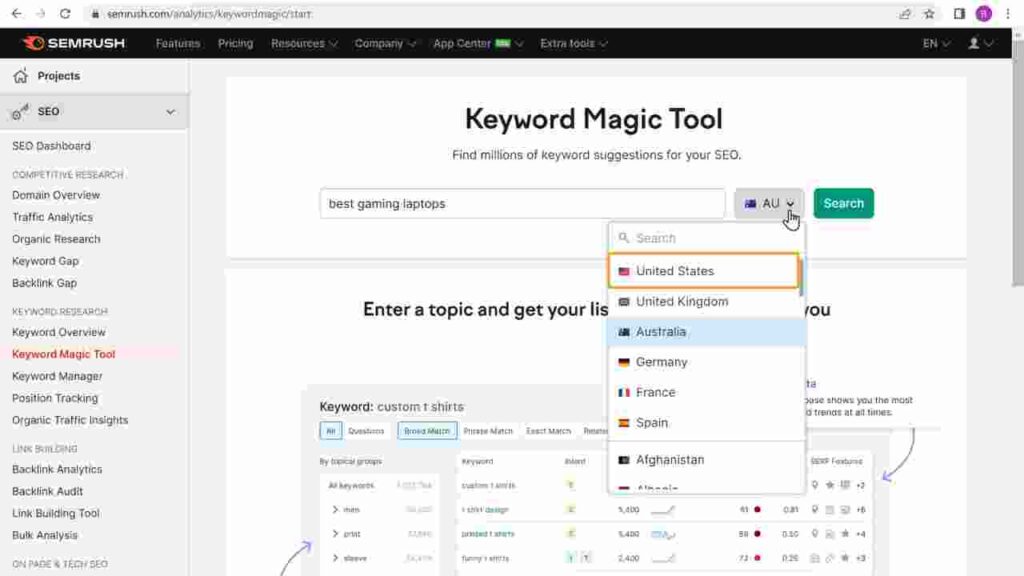
Competitor Analysis
Analyze your competitors to gain insights into successful strategies. Tools like SEMrush can help you discover your competitors’ traffic, keywords, and growth patterns. Identify five competitors in your niche and study their content and tactics.
Must Read: How To Use SEMrush For SEO And Keyword Research | SEMrush Tutorial
Creating Comparison Content
One effective content strategy is to create comparison articles. For example, compare two investing apps, highlight their features, pros, and cons, and include your affiliate links. Users searching for such comparisons are often ready to make a decision, increasing your conversion chances.
Conclusion
Affiliate marketing can be a lucrative venture when approached strategically. Start by finding the right products through affiliate networks or direct partnerships, understand commission structures and cookie lengths, and focus on generating organic traffic. As you grow, analyze competitors and create valuable comparison content to scale your affiliate business.

![How to Convert Figma to Elementor for FREE 2024? [3 Steps]](https://themtvhustle.com/wp-content/uploads/2023/12/How-to-Convert-Figma-to-Elementor-for-FREE-2024-3-Steps.webp)
